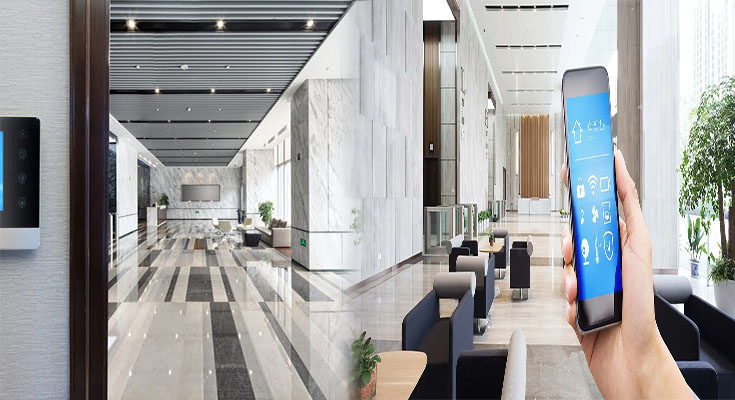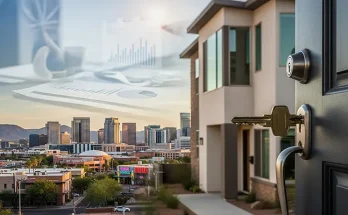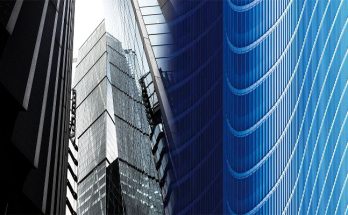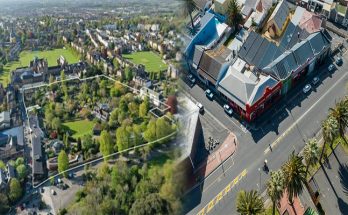Smart building technology is a set of tools and devices that can be used to make your home more sustainable. There are many different ways that smart building technology can be implemented, but below we will take a look at the most common ones:
Smart Lighting
Smart lighting can help you save energy and money by allowing you to control your lights with your phone, through sensors and voice commands. You can set up a schedule so that the lights automatically turn on or off at certain times of day, creating a more natural environment in your home.
Smart lighting also allows you to use less electricity because it turns off when not needed (for example: if no one is home).
Home Automation
Home automation is the process of using technology to automate or control devices in your home. It can help you save money and energy, while improving comfort and convenience. Home automation products include smart lighting systems, climate control devices such as thermostats and humidifiers, security systems like cameras and door locks, home entertainment equipment like televisions or gaming consoles that are controlled by voice commands–even smart appliances like refrigerators that know when food has spoiled!
Home automation systems are made up of several components:
- The hub (or brain) communicates with all other devices through wireless signals so they can work together seamlessly without any additional wiring needed between them; it also contains memory storage so it can remember what actions have been performed by each device before they were turned off at night time for example – which ones were turned on again first thing after waking up etcetera…
Energy Management Systems
Energy management systems are a great way to help the environment and save money. They can be installed in new homes or added on to existing ones, and they’re designed to automatically regulate the flow of energy between your home’s appliances, lighting, HVAC system and other components.
The basic idea behind an EMS is that it will use sensors throughout your home (on windows/doors) that measure temperature as well as humidity levels; this data is then sent back to a central hub where it’s processed by software that uses algorithms to determine when you need more air conditioning or heat during certain times of day based on outside conditions such as sunlight exposure or wind chill factor. These systems also monitor how much electricity each individual appliance uses–for example: if you leave lights on overnight while no one’s at home then those lights will draw power from the grid unnecessarily but with an EMS installed those lights would automatically turn off after 30 minutes without activity detected within range so as not waste any unnecessary electricity costs!
Building Information Modeling (BIM)
Building Information Modeling (BIM) is a building information model that can be used to create a virtual representation of the building. BIM can help reduce uncertainty and risk in the design and construction process, as well as improve collaboration among project stakeholders. It also has many other benefits such as reducing construction time and cost.
There are some great technologies that can help make your home more sustainable.
There are some great technologies that can help make your home more sustainable.
Smart building technology is one of the most important tools in making your home more sustainable. It has a wide range of applications from reducing energy consumption to reducing water consumption, and even waste production.
The technology is out there, and it’s easy to use. Whether you want to make your home more sustainable or just improve your quality of life, there are plenty of ways that smart building technology can help. If you’re interested in learning more about these options and how they work, contact us today!





